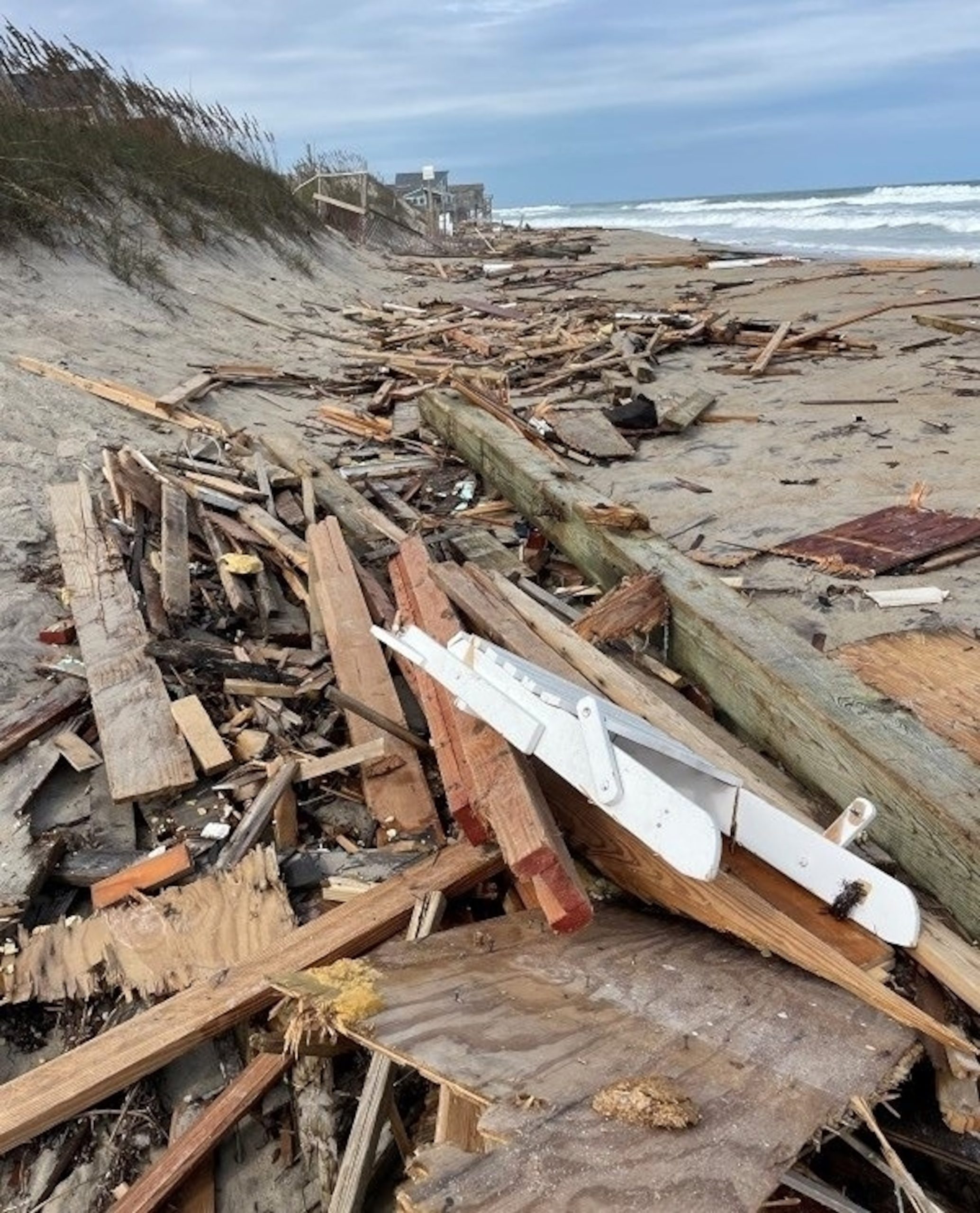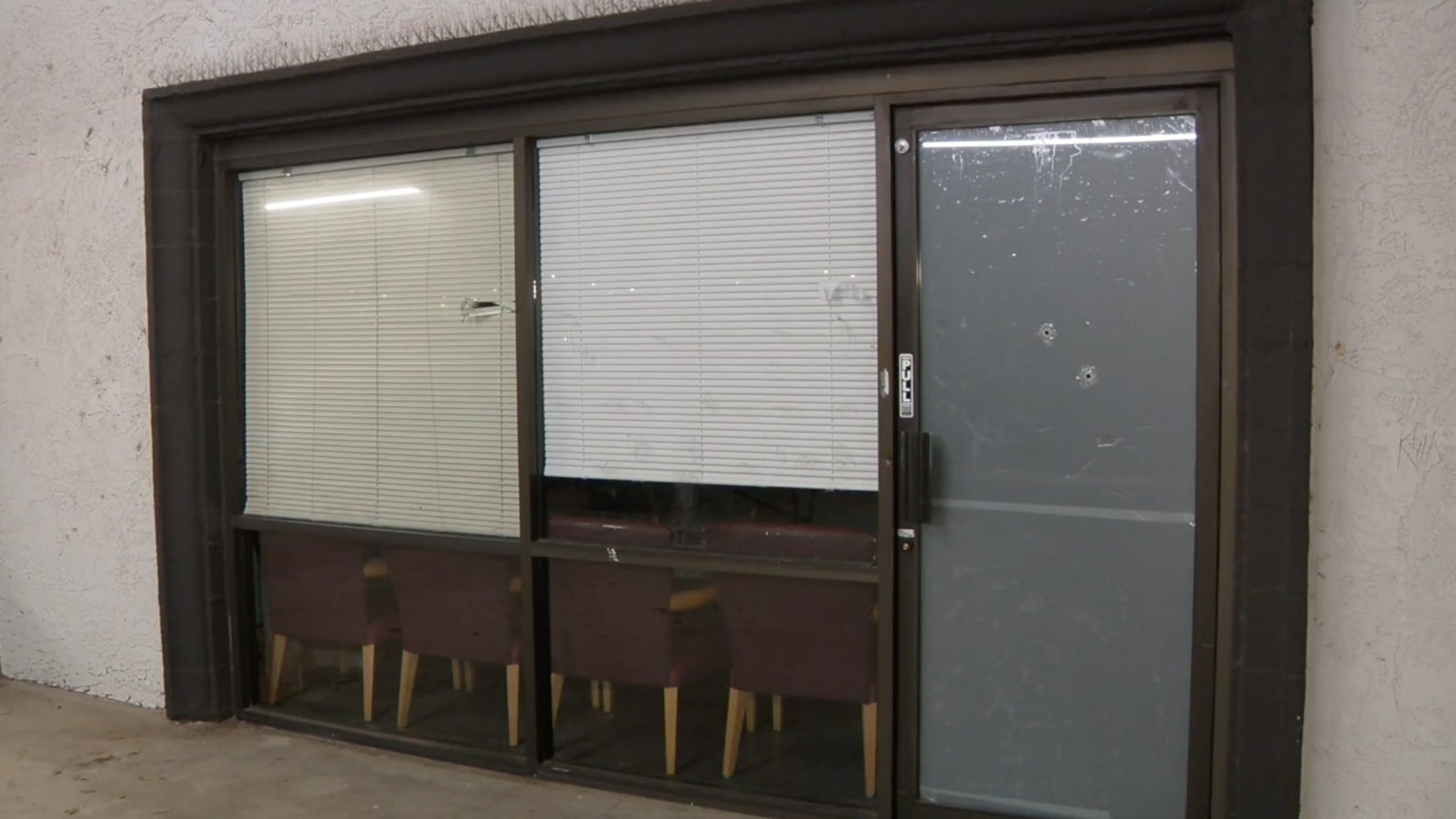A third house has collapsed in four days on the North Carolina coast as officials closed off the beach due to dangerous debris on the shore and in the water, officials said.
Cape Hatteras National Seashore law enforcement rangers responded to a Dare County dispatch call at approximately 1:08 p.m. on Tuesday to reports of a house collapsing on G A Kohler Court in Rodanthe, North Carolina, according to a statement from the National Park Service.
“Once on scene, rangers confirmed the collapse of the unoccupied house,” officials said. “The owner of the house has hired a debris cleanup contractor and Seashore employees plan on supplementing cleanup efforts.”
Due to dangerous debris on the beach and in the water, Cape Hatteras National Seashore has temporarily closed the beach from G A Kohler Court in Rodanthe to Wimble Shores North Court in Waves, a coastal length of just over 2 miles.
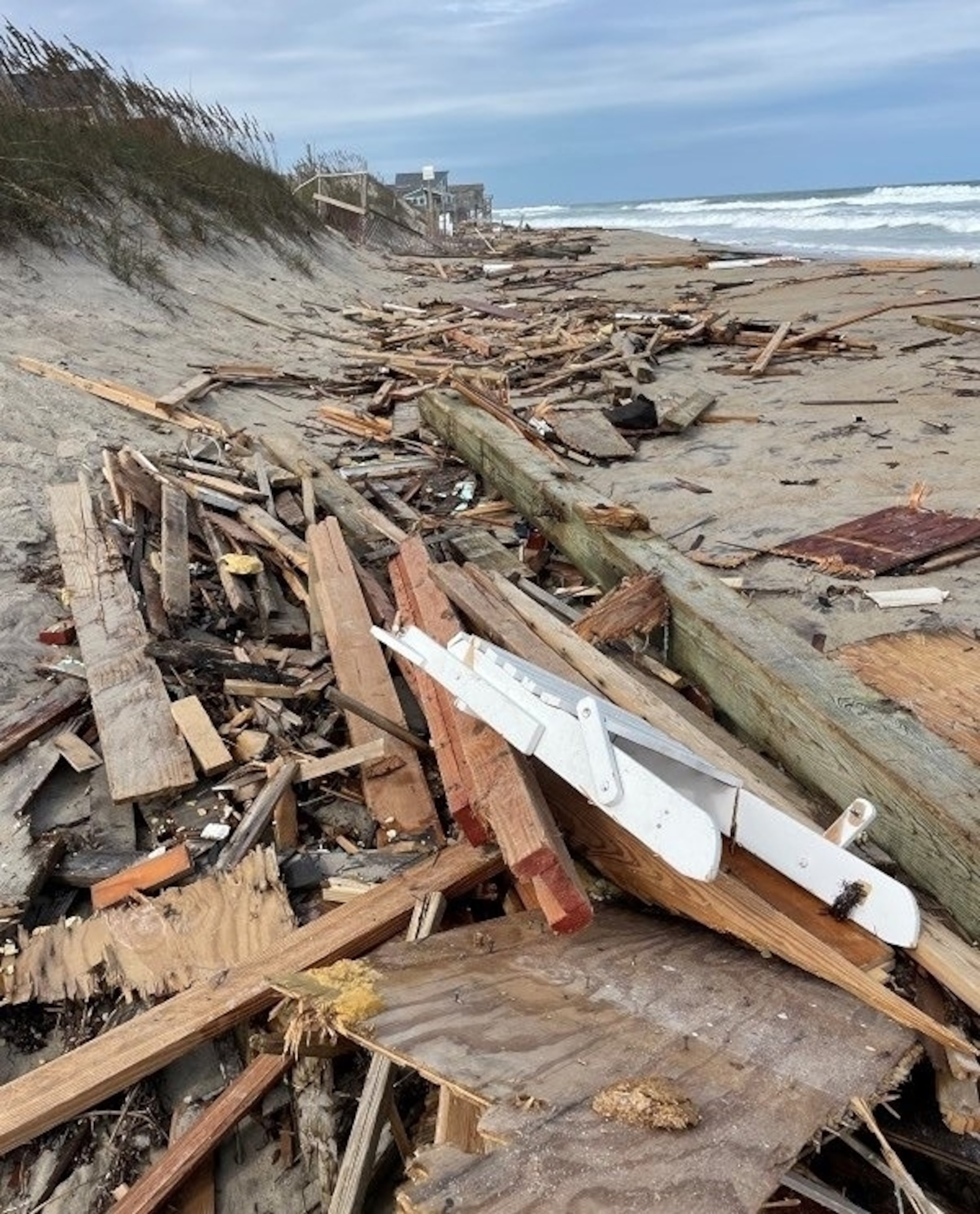
Collection of house collapse debris located south of G A Kohler Court in Rodanthe.
NPS
“Swimmers and surfers are urged to stay out the water in front of the villages of Rodanthe, Waves and Salvo, as there is a large amount of hazardous floating debris being transported by the waves that will cause injuries to those entering the water along the tri-villages area,” the National Park Service said. “Additionally, at the north end of Rodanthe and for miles to the south, the Seashore continues to urge visitors to wear hard-soled shoes when walking on the beach to avoid injuries from nail-ridden wooden debris.”
“The biggest concern is just cleaning everything up, you know?” said Paul Troy, the owner of the first collapsed house, told Raleigh ABC station WTVD. “We get a lot of slack, all of these homeowners do, that they don’t care. These are money machines and that’s not the case. We lose sleep over littering the beach.”
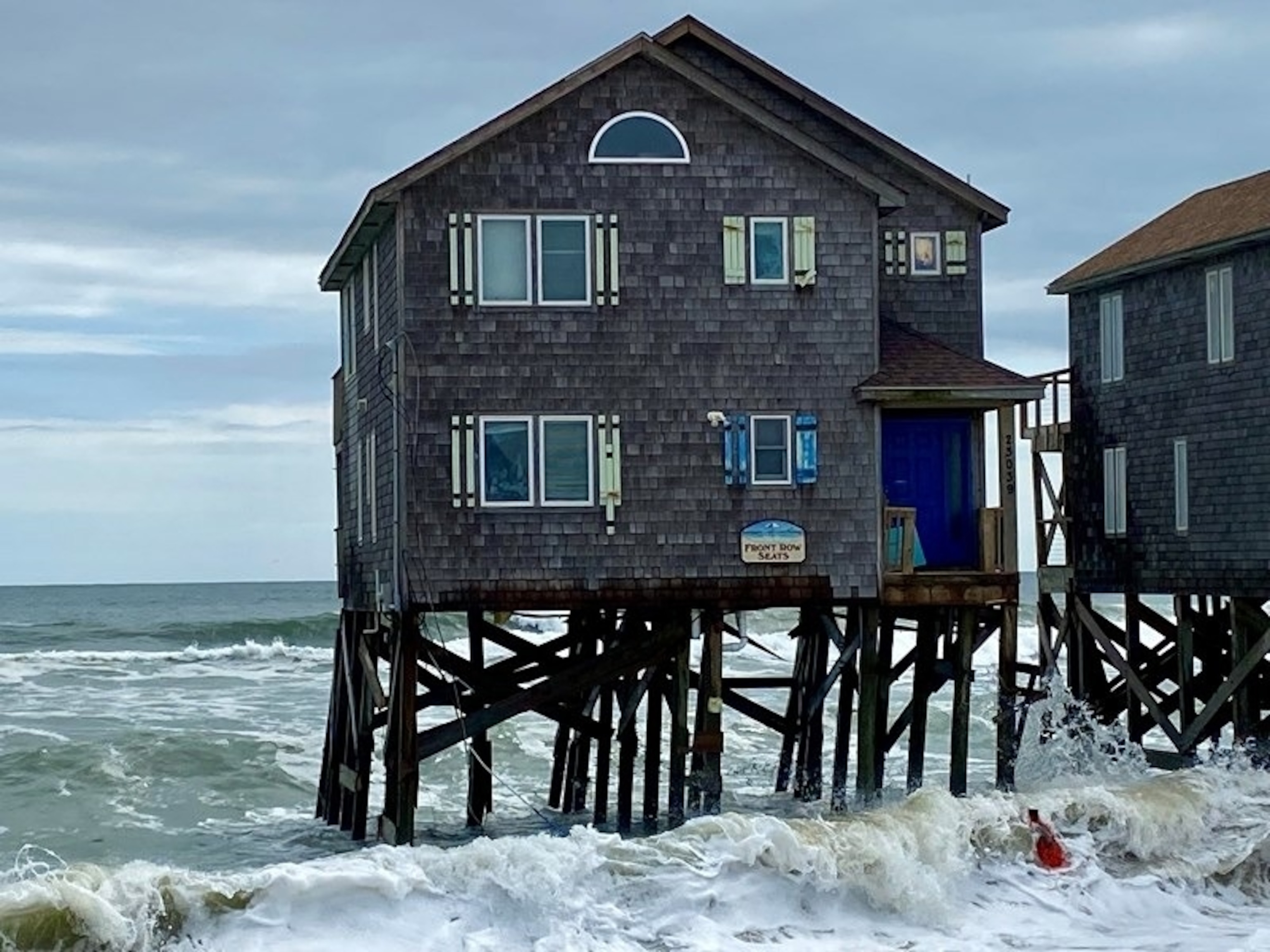
Photo of 23039 G A Kohler Court a couple hours before its collapse.
NPS
Troy and his family have owned the home since 2008 and hoped to move it before the collapse.
“At the beginning of the summer, we lost 13 vertical feet. We lost the staircase. We lost part of the septic system,” he said. “We chose not to rent it out the rest of the summer because we were going to wait and see what the beach did, see if it came back.”
Homeowners there say the ocean’s threat to their property is a major concern.
“We’ve stayed in many of these houses that are completely underwater now. It’s a shame and I think the town of Rodanthe is going to be suffering,” Nancy Engel, who lives in Rodanthe, told WTVD in August.
Collapsing homes along the ocean can cause a myriad of problems for people as well as the local ecosystem, which led the superintendent of the National Park Service covering Cape Hatteras to launch a pilot program to buy up some of the homes to tear them down, according to WTVD.
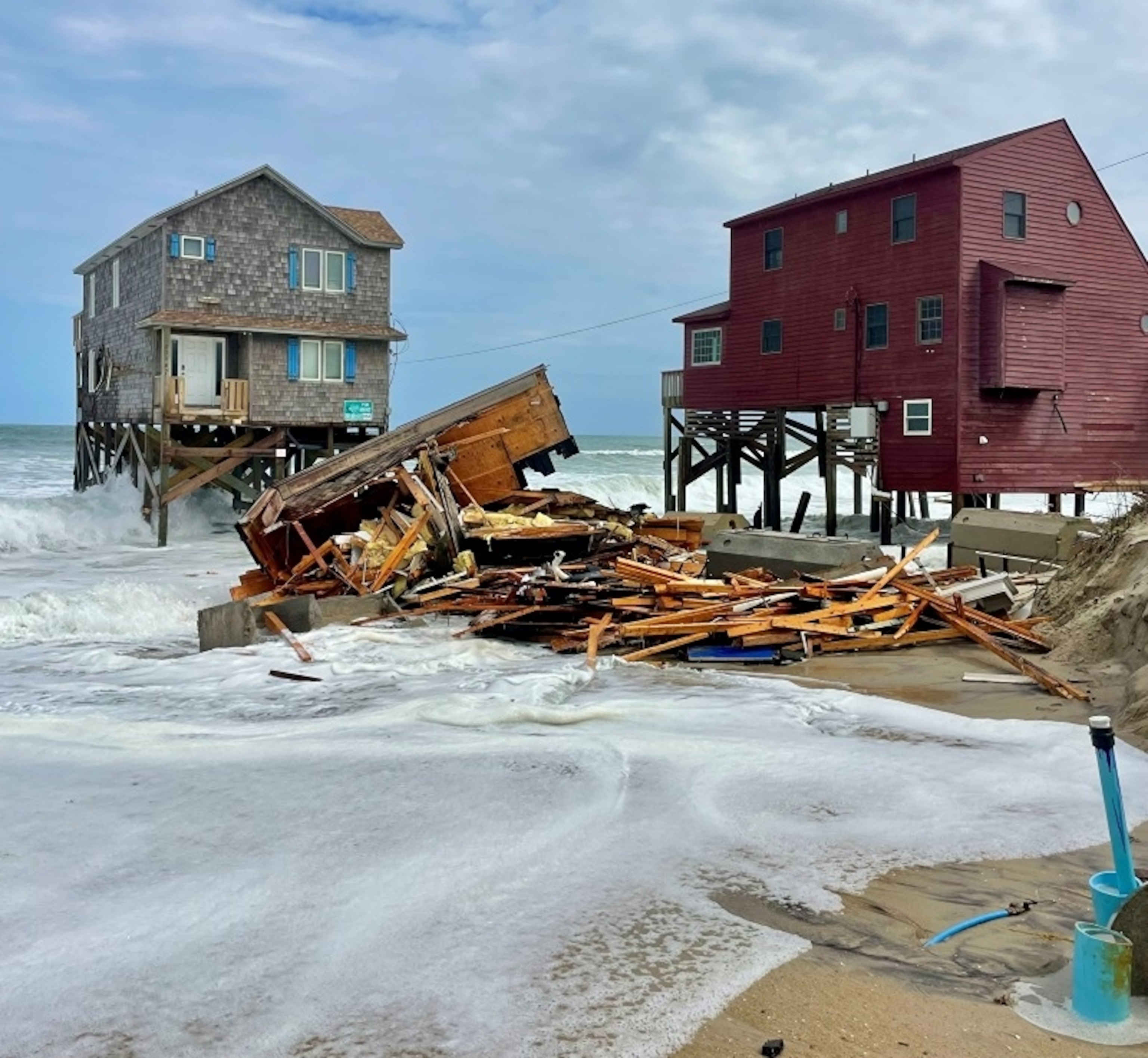
A portion of debris from the collapsed house at 23039 G A Kohler Court is shown near houses at 23047 G A Kohler Court and 23237 Sea Oats Drive in Rodanthe.
NPS
“We had to have willing sellers’ houses that were essentially in the ocean at high tide every day. We found the money to purchase those properties. We removed the houses completely, demolished them completely and restored the beach. And if we went out to that location today, you wouldn’t have much to see because it would just be a beautiful beach,” David Hallac, superintendent of Cape Hatteras National Seashore and the Outer Banks Group with the National Park Service, told WTVD.
Tuesday’s house collapse is the third home to collapse in Rodanthe since Friday and the 10th house collapse in the past four years.
No injuries were reported in connection with any of the collapses and the cleanup efforts by authorities is ongoing.
A devastating incident occurred in the North Carolina coast recently, as a house collapsed after standing for just four days. The incident has left many shocked and concerned about the safety of buildings in the area.
The house, located in a popular beachfront community, was newly constructed and had just been completed four days prior to its collapse. The cause of the collapse is still under investigation, but initial reports suggest that it may have been due to a combination of factors such as poor construction, soil erosion, or extreme weather conditions.
This incident serves as a stark reminder of the importance of proper building codes and regulations, especially in coastal areas where buildings are more susceptible to damage from factors such as erosion and hurricanes. It also highlights the need for thorough inspections and quality control measures to ensure the safety and stability of newly constructed buildings.
In the aftermath of the collapse, local authorities have urged residents to be vigilant and report any signs of structural damage or instability in their own homes. They have also promised to conduct a thorough investigation into the incident to determine the exact cause of the collapse and take necessary steps to prevent similar incidents in the future.
The collapse of the house in the North Carolina coast serves as a sobering reminder of the fragility of man-made structures in the face of natural forces. It is a wake-up call for both builders and homeowners to prioritize safety and quality in construction projects, and to always be prepared for the unexpected. Only through careful planning, diligent maintenance, and adherence to building codes can we ensure the safety and stability of our homes and communities.
